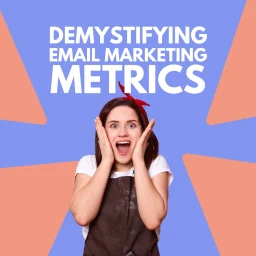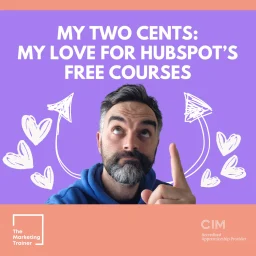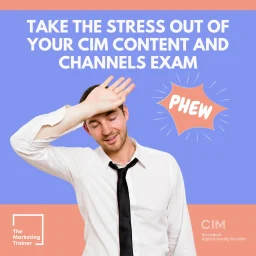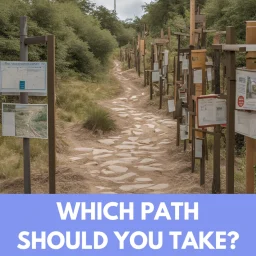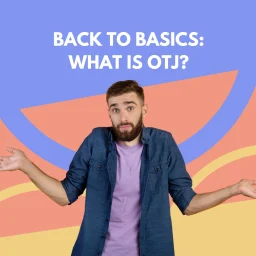If you’re just starting out in marketing, you’ll quickly learn that planning isn’t just about creativity—it’s also about strategy. To build campaigns that work, you need to understand the business, its challenges, and the environment it operates in. Two of the most essential tools for doing this are SWOT and PESTLE analysis. They help you break down complex situations into manageable insights and inform your marketing decisions with confidence.
What is SWOT?
SWOT stands for Strengths, Weaknesses, Opportunities, and Threats. It’s a framework for analysing both the internal factors (strengths and weaknesses) and external factors (opportunities and threats) that affect a business, brand, or campaign. Typically, you’ll see SWOT analysis represented as a grid with four boxes, one for each element.
- Strengths – What do we do well? What are our competitive advantages?
- Weaknesses – What could be improved? Where are we falling short?
- Opportunities – What’s happening outside the business that we can take advantage of?
- Threats – What external risks or challenges could affect our success?
How to use SWOT
- Start with research – Speak to your team, check performance data, and look at customer feedback.
- Brainstorm and list – Jot down 3–5 points under each category.
- Evaluate impact – Prioritise the factors that are most relevant to your goals.
- Use insights to shape your strategy – Build on your strengths, fix weaknesses, capitalise on opportunities, and prepare for threats.
🔍 SWOT example: Local coffee shop
Let’s say you’re working on a marketing plan for a small, independent coffee shop.
- Strengths: High-quality, locally roasted coffee; loyal customer base; strong Instagram following.
- Weaknesses: Limited seating space; no website or online ordering system.
- Opportunities: Growing trend in ethical and sustainable products; chance to partner with local food vendors.
- Threats: New chain coffee shop opening nearby; cost of coffee beans rising.
By using this SWOT analysis, you might decide to build a campaign around your sustainability credentials and use social media to promote new local partnerships, turning an opportunity into a marketing win.
What is PESTLE?
PESTLE analysis helps you look at the macro-environment—the wider world that can affect your business. It stands for:
- Political – Policies, taxes, regulations.
- Economic – Inflation, interest rates, and consumer spending.
- Social – Changes in culture, demographics, or behaviour.
- Technological – Innovations, platforms, digital tools.
- Legal – Employment law, advertising rules, data protection.
- Environmental – Climate change, sustainability, environmental standards.
How to use PESTLE
- Do your research – Use news, government reports, and industry blogs.
- List relevant factors – Focus on things that could impact your marketing strategy.
- Assess risks and opportunities – Think ahead about what changes might influence your audience or product.
- Adjust your strategy – Ensure your marketing plans are aligned with the external environment.
🔍 PESTLE example: Eco-friendly skincare brand
Suppose you’re helping launch a new eco-friendly skincare brand aimed at Gen Z consumers.
- Political: Government grants available for sustainable small businesses.
- Economic: Inflation is reducing consumer spending, making price sensitivity a key factor.
- Social: Strong trend towards ethical and cruelty-free beauty products among younger audiences.
- Technological: Rise in mobile shopping and social media-driven buying behaviour.
- Legal: New labelling laws for skincare ingredients.
- Environmental: Growing demand for plastic-free packaging and carbon-neutral supply chains.
This PESTLE analysis shows clear priorities for your marketing approach: highlight sustainability, ensure legal compliance with new labelling, and keep price messaging sensitive to current economic pressures.
Why are these tools so useful?
SWOT and PESTLE are not just checklists—they’re decision-making frameworks. SWOT helps you focus inward: What can we do better? What should we promote? PESTLE helps you look outward: What’s changing in the world, and how do we adapt?
Together, they help marketers:
- Understand context before launching campaigns.
- Make informed choices about messaging, channels, and budgets.
- Spot risks early and prepare for them.
- Stay relevant in a changing world.
They’re especially useful when starting a new marketing project, entering a new market, or reviewing your overall strategy.
Final thoughts
Whether you’re working on a university project, your first client brief, or your own startup, SWOT and PESTLE are essential tools to keep in your marketing toolkit. They bring clarity, structure, and strategy to your work—ensuring you’re not just making noise, but making impact.





